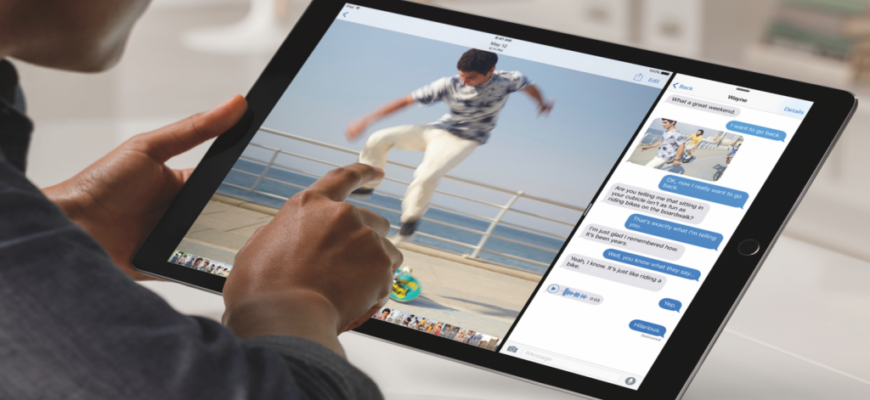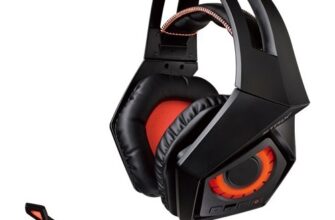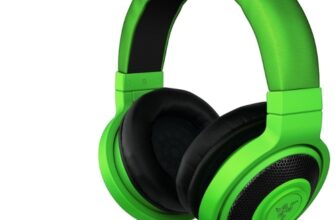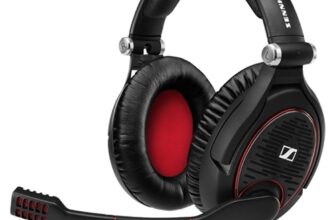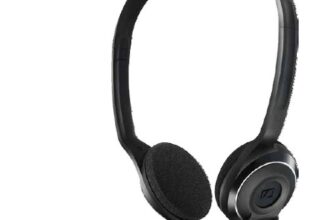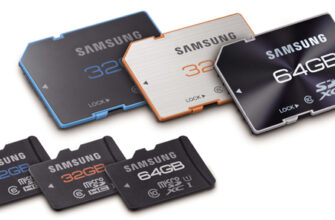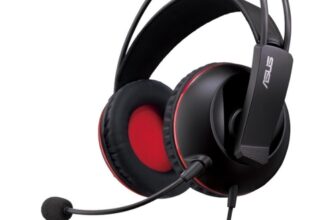There is no unambiguously good or unambiguously bad tablet. However, some models are better suited for certain actions than others.
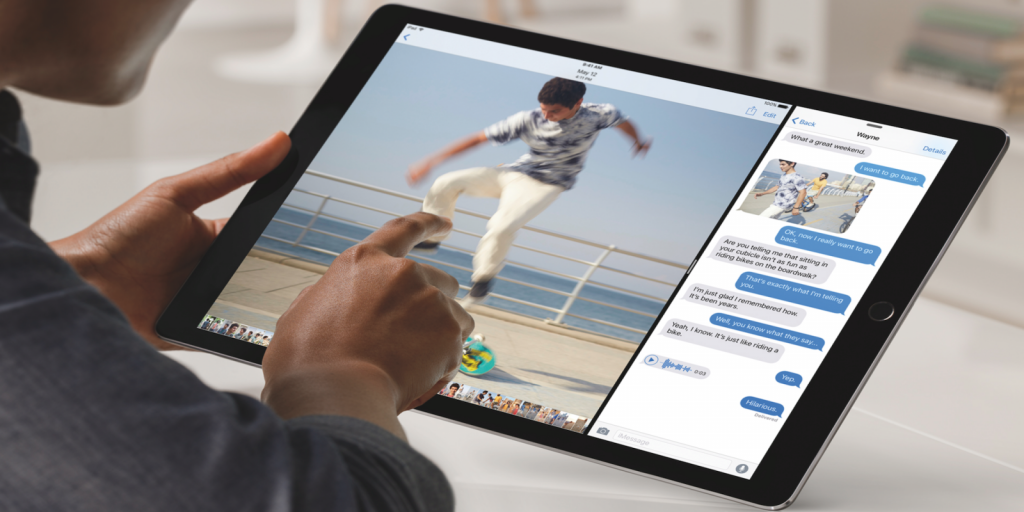
Which tablet is better: comparison criteria
You can compare tablets according to a variety of criteria. Nevertheless, based on the specifics of using such devices, the following parameters can be distinguished:
-
Operating system (Windows, Android, iOS);
-
Screen diagonal;
-
Technical characteristics – processor, RAM and permanent memory, presence of a GSM-module;
-
Manufacturer;
Choosing a tablet, based on these parameters, you can choose the ideal device to accomplish a particular purpose.
operating system
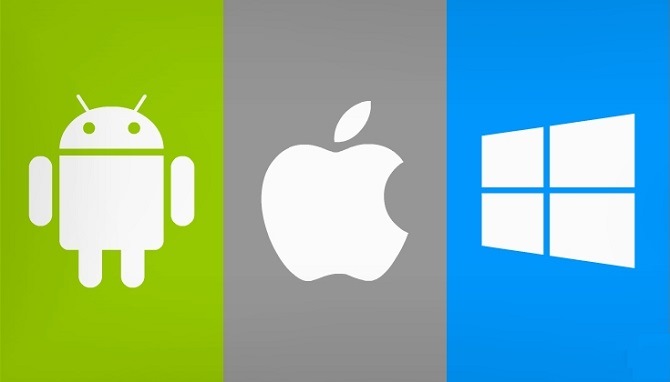
The vast majority of modern tablet models run one of three operating systems:
-
Windows 10;
-
Android;
-
iOS.
Windows
Windows – tablets are a great solution for work. In most cases, they support familiar desktop applications like office suites and are compatible with equally familiar accessories like keyboards and mice. This makes tablets a good 'typewriter' that is well suited for everyday work or school activities.
Unfortunately, they are not good for anything else. So, often Windows – tablets are equipped with low-power (but energy-efficient) processors, a small amount of RAM and permanent memory, as well as a low-resolution screen. This makes them unsuitable for modern games, high quality multimedia, even in some cases of web surfing (especially when it comes to viewing 'heavy' pages).
Android
Android – tablets are better suited for entertainment. For this mobile operating system, there are tens and hundreds of thousands of games with excellent graphics, it can play even high-definition video (including streaming from the Internet) with a low throttling value, browse web pages that are often specially optimized, etc. Well, for most of the Internet services, there are also separate applications that make the use even more convenient.
However, such tablets are poorly suited for work due to the peculiarities of the operating system Android. Yes, there are office applications for it, but, having played with a tambourine, you can connect a keyboard with a mouse. However, the absence of multi-window mode and its poor implementation even in the latest versions of this operating system makes using the tablet as a 'typewriter' completely inconvenient.
Many Chinese manufacturers, such as Cube, release dualboot tablets with two operating systems, Windows 10 and Android. This makes them suitable for both work and play. However, such tablets have very little built-in memory, which is also actively “eaten away” by both operating systems. Therefore, you have to use exclusively cloud storage.
iOS
iOS – tablets are suitable for both work (albeit within the ecosystem Apple) and for entertainment. But most often they are chosen for creativity. The excellent screen quality, stylus support, and a huge number of graphics and video editors make the iPad series of tablets the ideal solution for artists, photographers, designers and other 'creative professionals'.
Of course, there are exceptions to all the rules. So, tablets are produced on Windows 10 with 'powerful' filling ', thanks to which they are suitable for games (Surface Pro series, for example) and Android – tablets suitable for work – Google Pixel C and Samsung Note line. But they are rare.
Screen diagonal
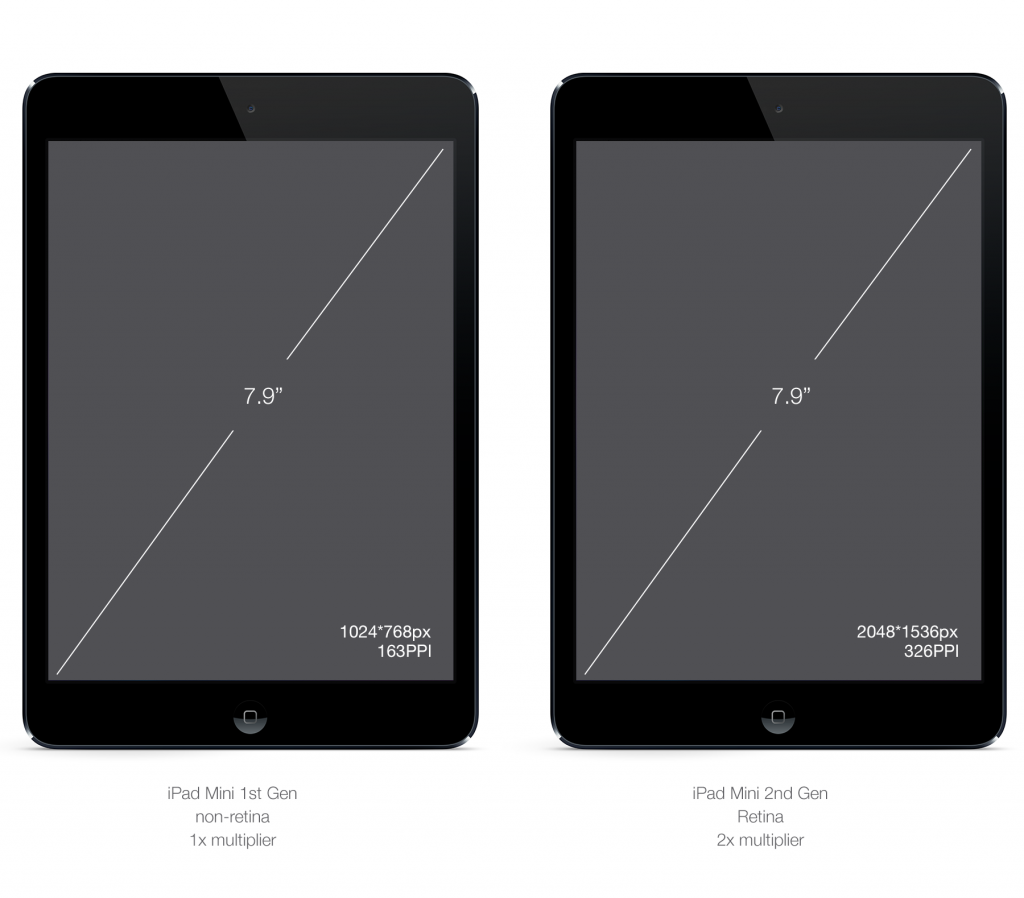
The diagonal of the screen determines the usability of the tablet. The vast majority of models are available with the following display sizes:
-
Up to 8 inches inclusive;
-
8 to 10 inches inclusive;
-
More than 10 inches.
Tablets with screens up to and including 8 inches are primarily suitable for entertainment. They are convenient to play, comfortable to watch movies on the road and a pleasure to read. Therefore, it is advisable to purchase such tablets on the operating system of the family Android.
But for all other purposes, they are not suitable. Even web surfing on such tablets can be uncomfortable due to the small size of the controls (buttons, input fields, etc.).
10-inch tablets are a versatile solution. They are well suited for both work, since they provide a sufficient size of controls, and for entertainment – with the exception of most games, since it is uncomfortable to hold such a large device in your hands.
But tablets with a screen diagonal of more than 10 inches are an exclusively working solution. They are suitable for professionals in a wide variety of fields and therefore can be used both as a 'typewriter' and for processing graphics.
Specifications
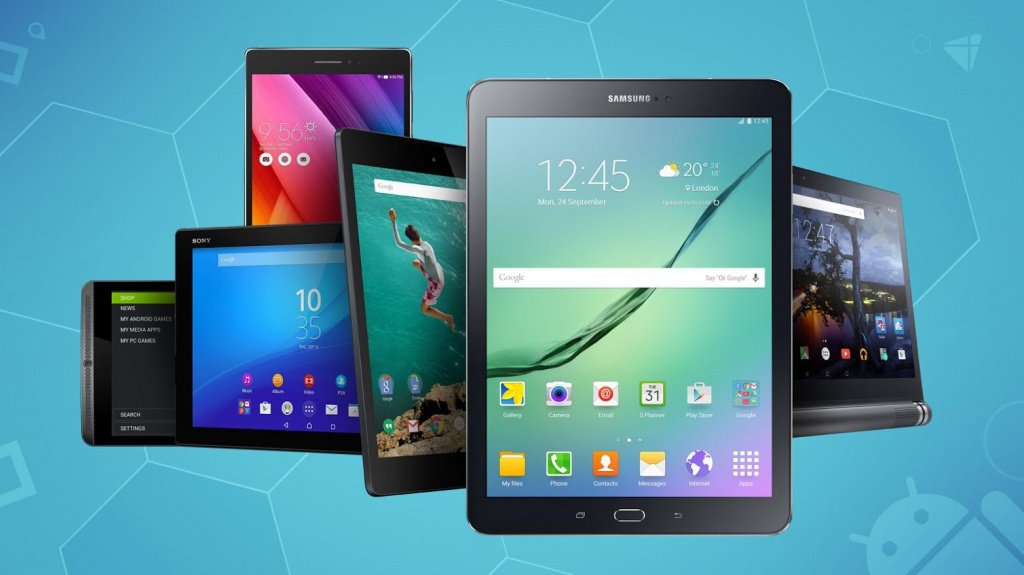
Among the technical characteristics that most strongly determine the practicality of the tablet, four can be distinguished:
-
Installed processor (clock speed, power consumption, number of cores);
-
The amount of RAM;
-
The amount of permanent memory;
-
The presence of a GSM module.
The rest of the parameters, like the resolution of the main camera, do not have such a strong effect on the practicality of the device.
Installed processor
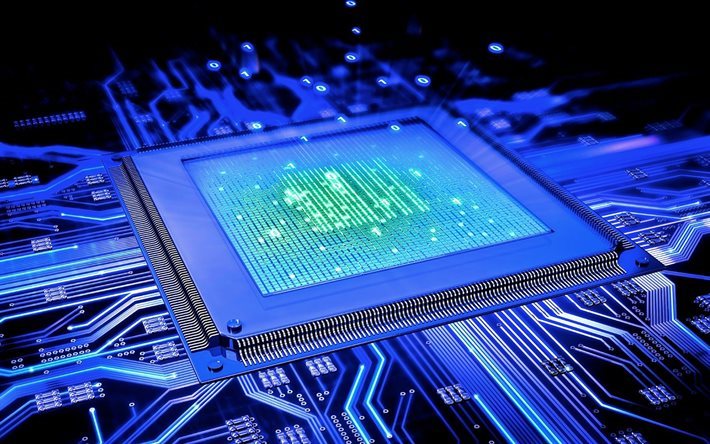
The main requirement for the processor that is installed in the tablets is the minimum degree of heating (and at the same time, high performance is desirable). The technical process by which the chip is manufactured is responsible for this parameter. The smaller it is, the better.
Modern mobile processors are manufactured in 10-16 nm process technology. They provide a fairly high performance at a minimum heating level, even with passive cooling installed.
In addition, the processor clock speed and the number of cores installed in it are responsible for performance. At the same time, you should not believe the advertisements. For example, the MediaTek x20 processor, which is regularly used in 'Chinese' tablets, is referred to as '2.5GHz 10-core'.
In fact, its structure consists of three clusters. In the first – two cores at 2.5 GHz, in the second – four at 2.0 GHz, and in the third – four at 1.55 GHz. Therefore, even its peak performance is not very high.
Nevertheless, the capacities of almost all processors installed in modern tablets are sufficient to ensure the operability of devices. If you need maximum performance, you should look at devices based on flagship chips (Qualcomm Snapdragon 8XX and MediaTek Helio series).
But all of the above is only true for Android – tablets. Devices on Windows use processors Intel and their performance varies by line. So:
-
Least 'powerful' – Intel Atom;
-
Best choice for tablet – Intel Core m;
-
Best choice for hybrid computer – Intel Core i3 and i5;
-
The most powerful is Intel Core i7.
The higher the processor performance, the more it heats up. Therefore, chips from the i3, i5 and i7 families are not recommended for use in mobile devices. The passive cooling system simply cannot cope with their heating. The only exceptions are the hybrid Ultrabooks of the Microsoft Surface 4 Pro series, which feature a unique heatsink technology.
When buying a tablet with a processor Intel, you should also pay attention to the chip generation. The larger it is, the better. Typically, the generation version is indicated directly in the processor name – the first digit in a four-digit numeric code. So, the processor Intel Atom Z2670 belongs to the second generation.
The most current generation of processors Intel for 2017 is the eighth.
The alternative for everything is the company's products Apple. This Cupertino-based manufacturer only makes 1-2 tablets a year, so there isn't much to choose from.
RAM size
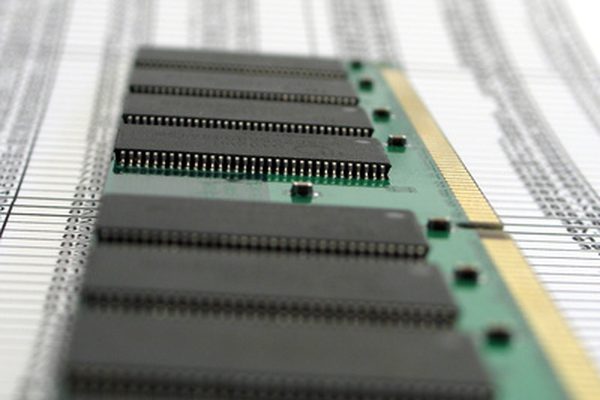
The bigger it is, the better. The amount of RAM affects the performance of the tablet under high load – in multitasking mode, when surfing the web on modern sites, etc. In 2017, it makes no sense to buy devices that are equipped with less than 2 GB of RAM – this is the minimum volume that can provide comfort of use.
Better, of course, more. But it is worth remembering that the operating system kernel Android up to and including 7.1 cannot fully utilize more than 4 GB of RAM. It is advisable to purchase tablets running this OS equipped with 6 GB of RAM only if there is a readiness to rewrite the kernel.
There is no 'top limit' for Windows. But the minimum size is still the same – 2 GB.
For iOS – tablets, the amount of RAM is basically not important due to the optimization of the operating system.
Permanent memory (internal storage)
Likewise, the larger the internal storage, the better.
In tablets running the operating system Android, it is used to store the OS itself and installed applications. Therefore, its minimum volume, which is advisable to buy, is 16 GB. And it is worth remembering that these are 'marketing gigabytes', so the actual capacity is 14.5 GB, of which 5-7 GB will already be occupied by the operating system.
The minimum 'comfortable' amount of permanent memory for Windows – tablets is 32 GB. The operating system itself 'out of the box' weighs about 10 GB, alone it constantly downloads updates and other data from the Internet. In addition, many programs can only be installed on the C: hard drive.
But the larger the internal storage, the higher the cost of the tablet. One of the solutions will be to buy a device with a minimum comfortable amount of permanent memory with the further purchase of a memory card. In this case, make sure that the tablet is equipped with a microSD slot.
GSM model
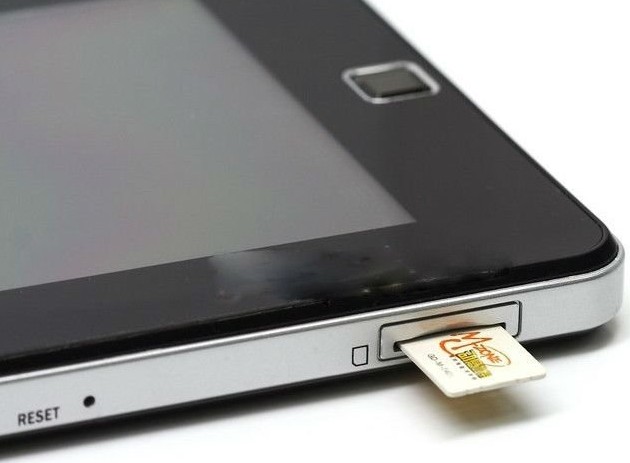
In 2017, the time of the Internet and cloud technologies, buying a tablet without a GSM module (SIM card slot) is simply inappropriate. However, if we are talking about Windows – a device that will be used in the office or at home, where there is always access to Wi-Fi, then you can do without mobile Internet.
Also, keep in mind that an active Internet connection is actively consuming battery power.
However, using a tablet without the Internet is often inconvenient and simply pointless. It is a device for entertainment and multimedia.
Manufacturers

In 2017, few companies are engaged in the production of tablets, which is explained by the obsolescence of the form factor of such devices. However, there are several developers:
-
Top segment: Google, Microsoft, Apple;
-
Middle segment: Xiaomi, Samsung, Asus, Lenovo;
-
Budget segment: Cube, Dexp.
Google companies Microsoft and Apple are producing truly flagship tablets that deliver maximum performance. However, they are also very expensive.
Xiaomi and Samsung release Android – tablets from the middle price segment. They feature good performance and durability, as well as many proprietary 'features'. Asus and Lenovo produce functional hybrid computers on Windows (tablets with keyboards) that provide the best performance in their segment.
Cube and Dexp release ultra-budget Windows – and dualboot tablets. Of course, performance and durability cannot be expected from them, but their main advantage is price.
!
In the next article, our experts will tell you what is the best choice for reading a tablet or an e-book.
Attention! This material is the subjective opinion of the authors of the project and is not a purchase guide.

